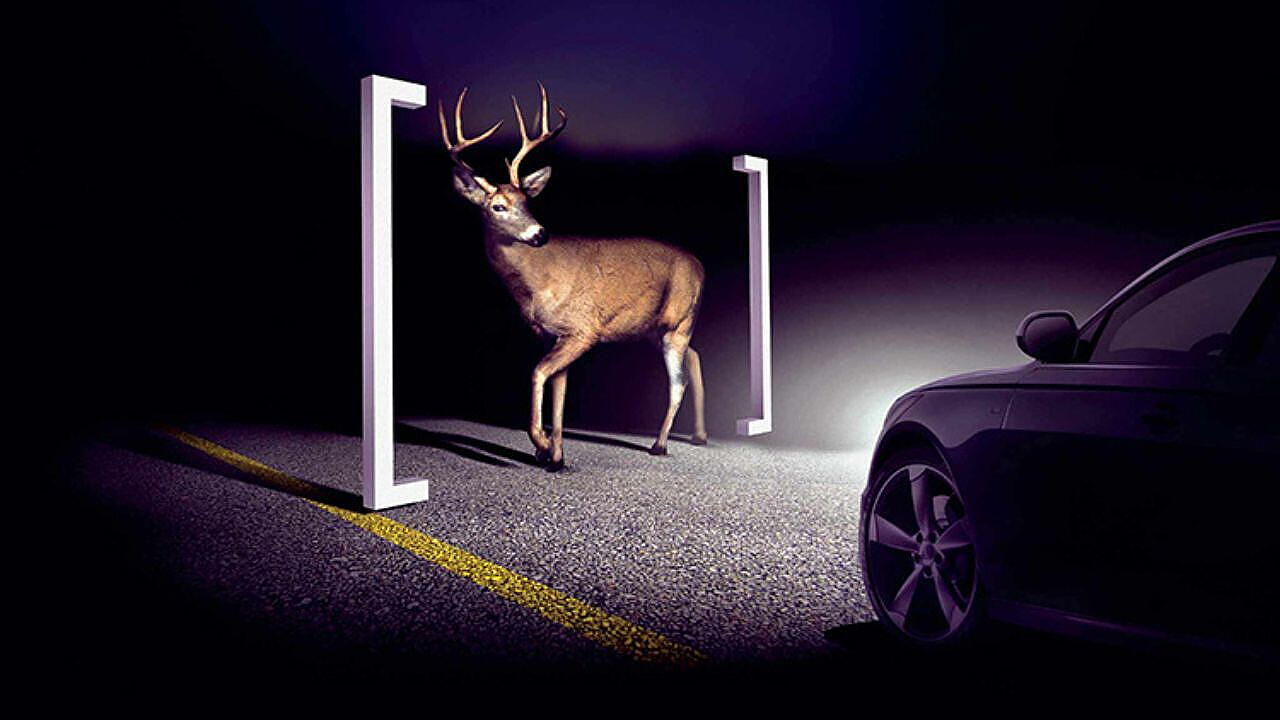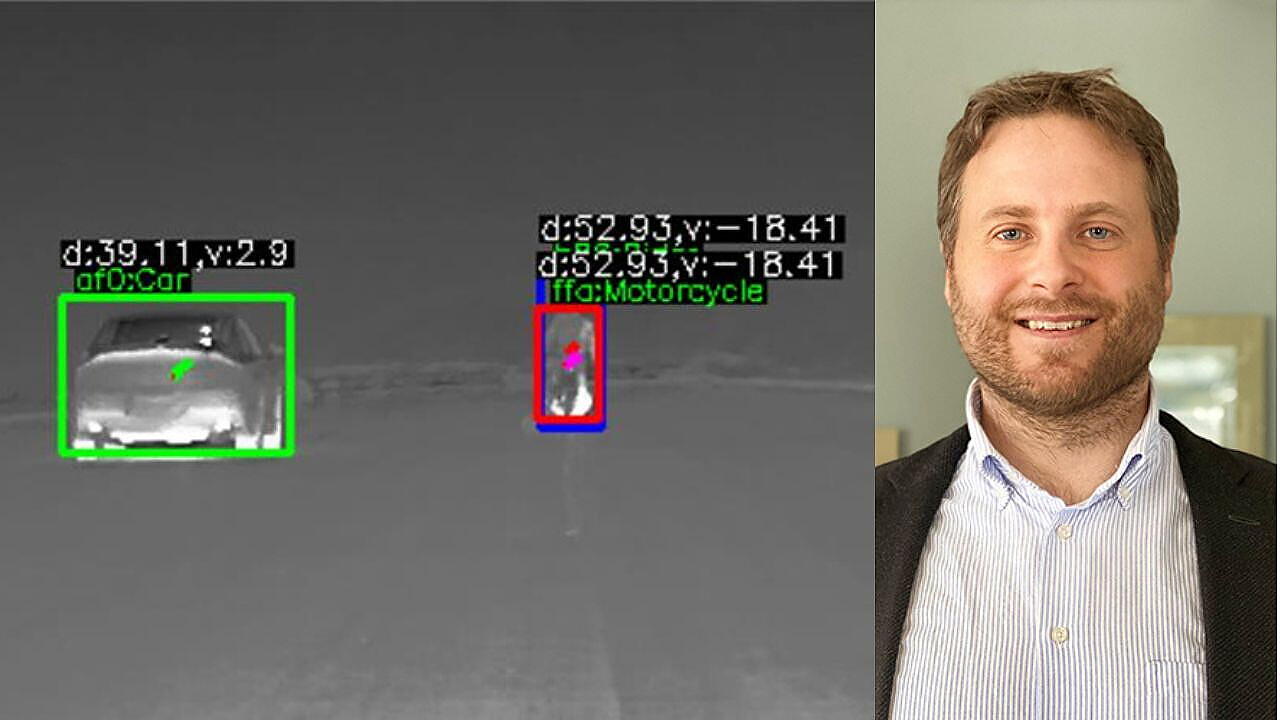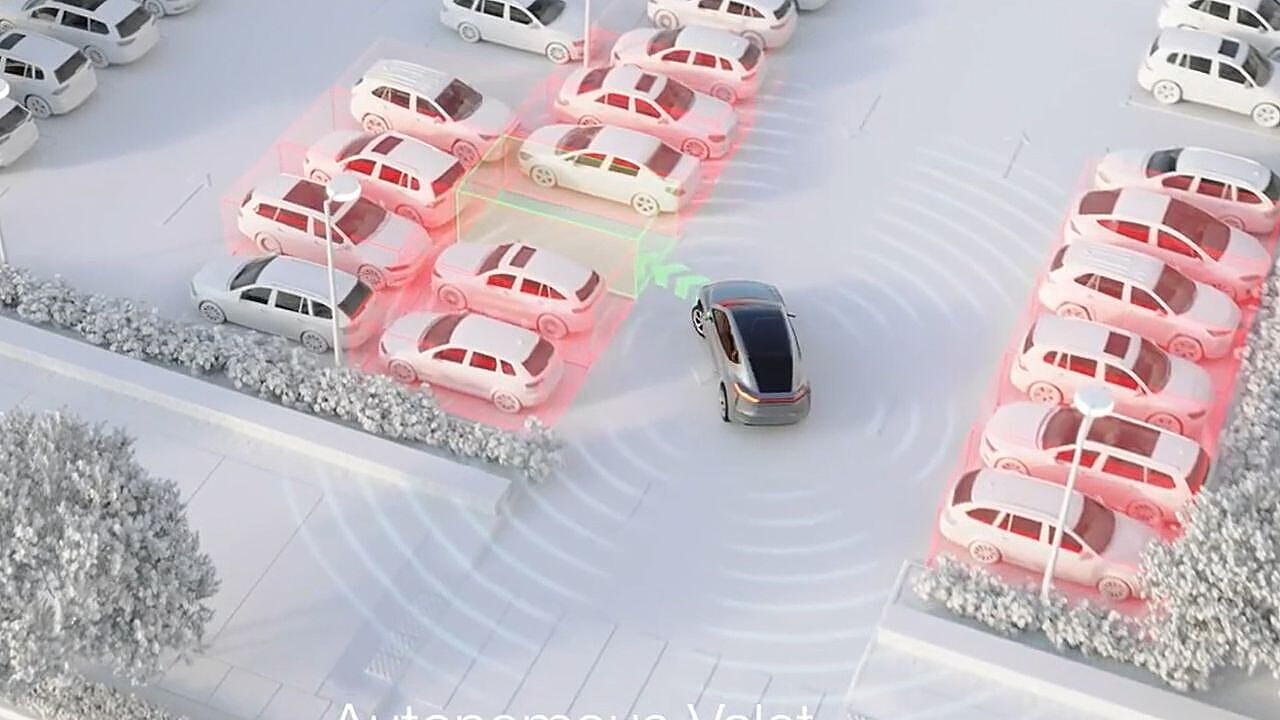
In the rapidly evolving world of Advanced Driver Assistance Systems (ADAS), the last five years have seen an unprecedented rise in adoption. According to the US Department of Transportation, over 90% of passenger vehicles produced for the North American market now come equipped with ADAS technologies—ranging from forward collision warning to automatic emergency braking. These systems have revolutionized vehicle safety by offering early alerts and, in many cases, autonomously intervening to prevent accidents.
Yet, despite their widespread adoption, conventional ADAS sensors and camera-based systems face a critical blind spot: adverse weather and low-visibility conditions, says Tobias Aderum, Director of Research & Innovation, Magna, in his recent blog. Fog, heavy rain, snow, and nighttime driving all degrade the performance of traditional sensors, reducing their ability to detect and classify objects reliably.

Enter the game-changing solution: the fusion of thermal imaging and imaging radar. This next-generation approach has the potential not only to overcome the limitations of conventional sensor systems but also to challenge the complexity and cost of LiDAR-based technologies, particularly in mass-market applications.
At the forefront of this innovation is Magna, a global leader in full-vehicle ADAS development. Aderum says Magna’s Thermal Sensing system is designed to dramatically expand driver awareness by detecting pedestrians, animals, and cyclists up to 200 meters ahead—even in total darkness—extending perception up to four times beyond the headlight range.
When thermal imaging is fused with Doppler-type imaging radar, the result is a system capable of not only identifying the heat signature of an object but also determining its exact location, speed, and direction. This rich sensor data is further enhanced through AI-powered early fusion, which processes information from multiple sources in real time. The outcome: faster, more accurate decision-making, significantly reduced false positives, and a more confident driving experience in all conditions.
According to Aderum, such enhanced capability is critical as the automotive industry moves toward higher levels of automation and more demanding safety standards. The combination of thermal and radar tech ensures that drivers—or vehicle systems—have more time to respond, even in environments where visibility is severely compromised.

What’s more, the fusion system is not only sophisticated—it’s scalable and cost-efficient, offering an accessible alternative to LiDAR for a wider range of vehicle segments. This positions the technology for mainstream adoption, rather than being limited to high-end models.
Looking ahead, future iterations of these systems may integrate road surface sensing and vehicle-to-vehicle communication, enabling cars to share data about road friction, hazards, and environmental conditions in real time. This evolution would mark a fundamental shift in how vehicles perceive and react to the world around them—not just individually, but as part of a connected ecosystem, he observes.
In the pursuit of safer roads and enhanced reaction times, especially under challenging driving conditions, the fusion of thermal imaging and radar isn’t just an upgrade—it’s a breakthrough, setting the stage for a new era in automotive safety and intelligence.
Also Read:
SKH Forms Strategic Alliance With Magna For Body & Chassis Operations

